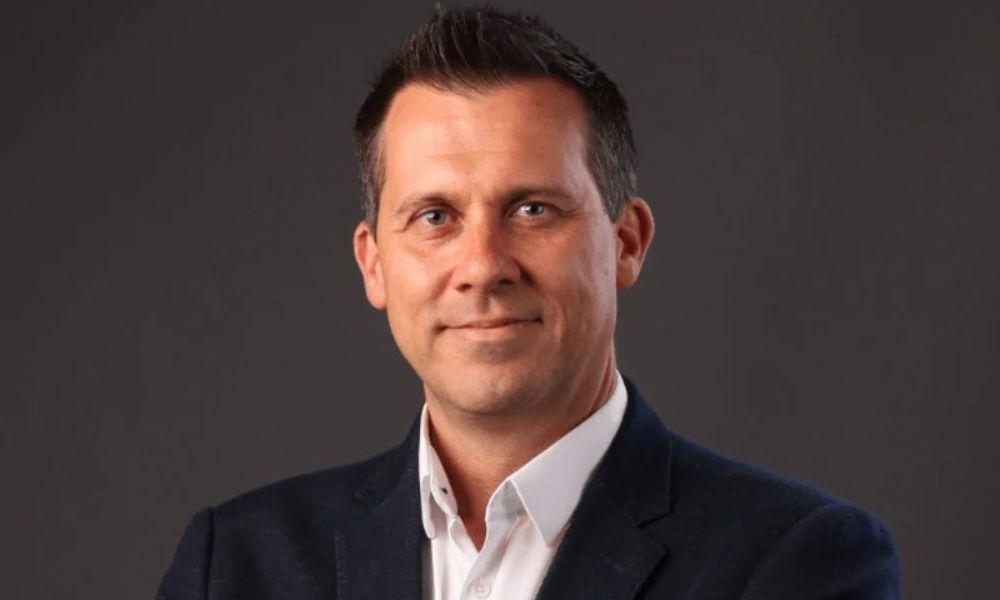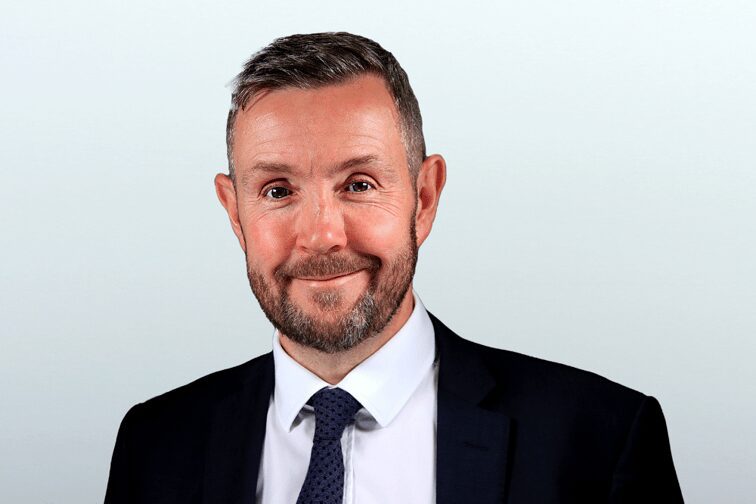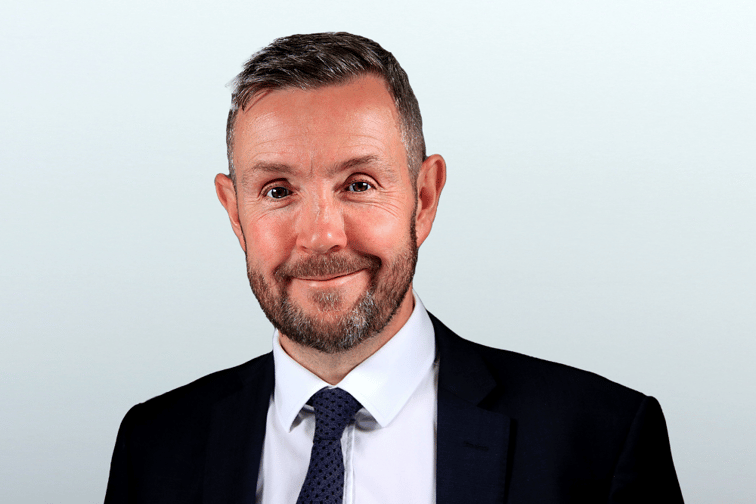
Insurance Business UK reveals this year’s esteemed panel of judges

You still have time to participate in the 2024 Elite Women. This annual report showcases women from all backgrounds who have gone above and beyond in their careers in the previous 12 months.
Submissions will be assessed by an esteemed panel of judges:
- Vivine Cameron, Education Partnerships Manager at the Chartered Insurance Institute (CII)
- Claire McDonald, Chair (and Member of the Executive Board – HDI Global SE) at the Insurance Women’s Inclusivity Network (iWIN)
- Mike Keating, Chief Executive Officer at the Managing General Agents’ Association
- Ajay Mistry, Co-Founder and Co-Chair at iCAN: The Insurance Cultural Awareness Network
- Maxine Goddard, Senior Vice President, Strategic Distribution & Development at Sompo International
- Christopher Croft, Chief Executive at LIIBA – London & International Insurance Brokers’ Association
Submit a nomination on or before Friday, 15 September.
Keep up with the latest news and events
Join our mailing list, it’s free!

This page requires JavaScript



















